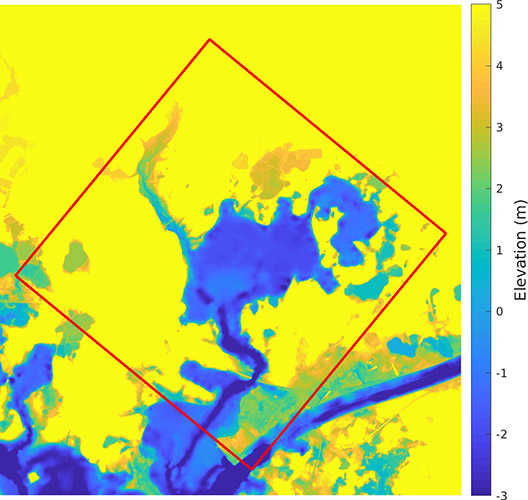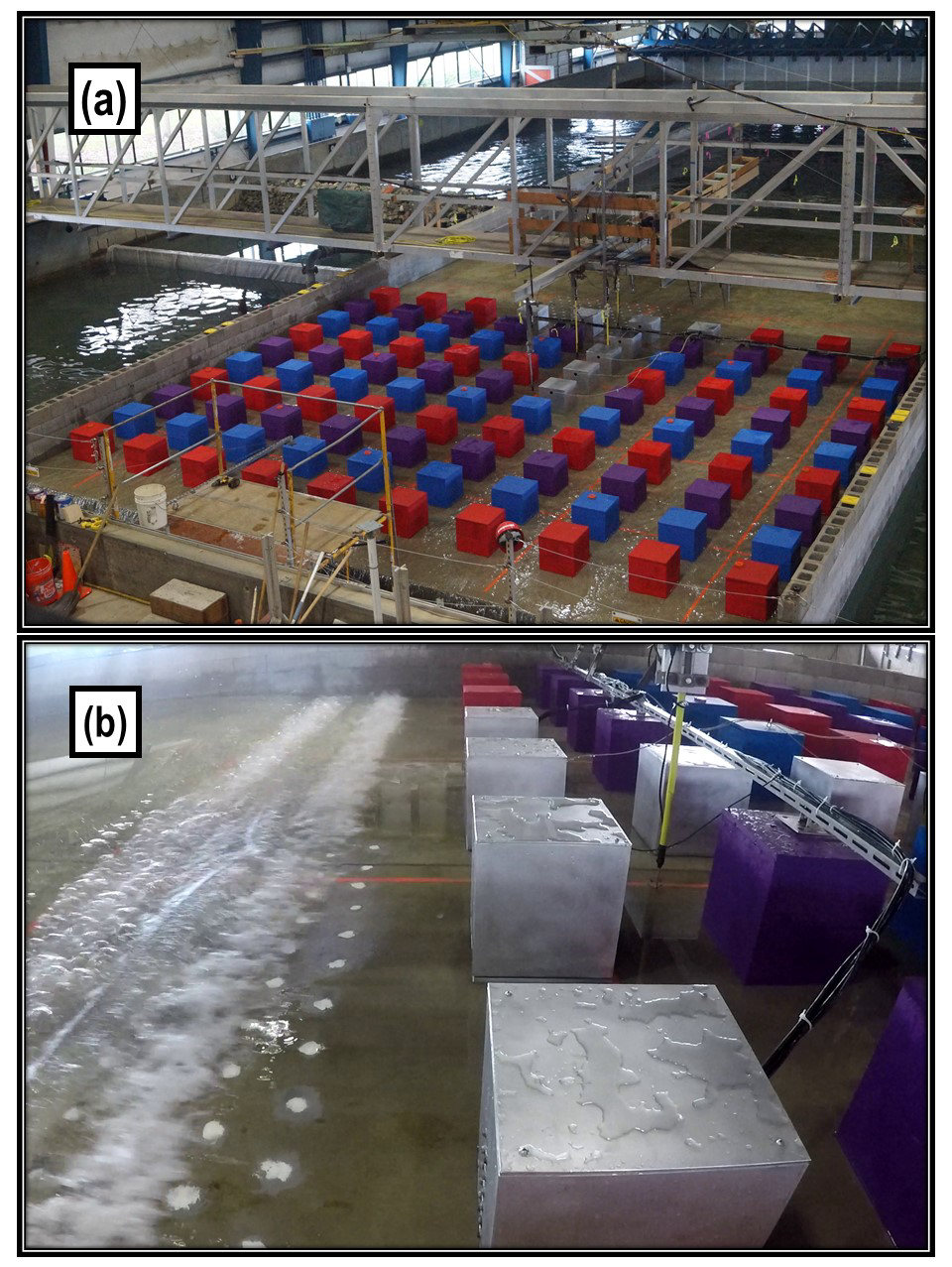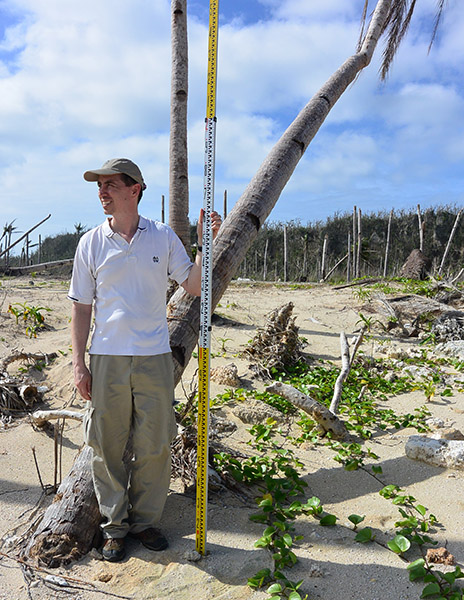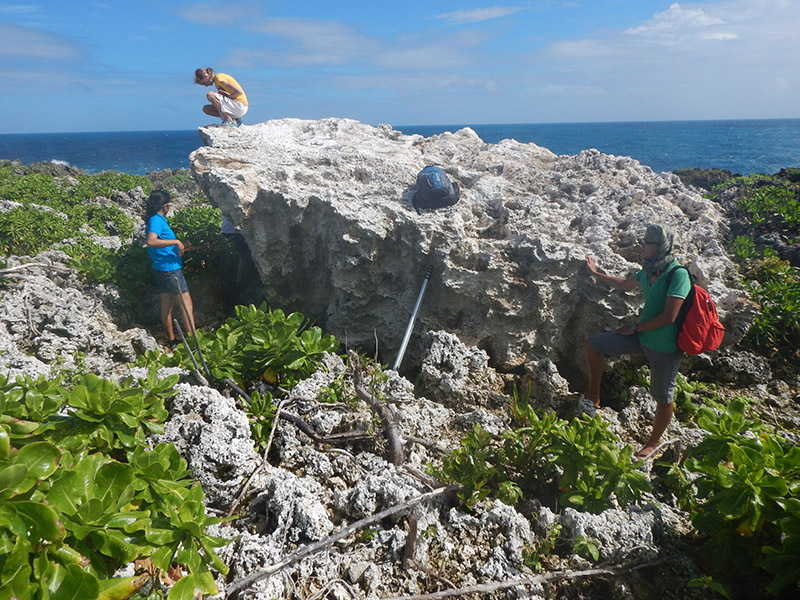



This series of projects using funding from the National Science Foundation, the US Army Corps of Engineers, and the US Department of Energy, works on deriving, implementing, and testing corrections to coarse grid surge and ocean circulation models. Corrections come from high resolution elevation and frictional properties, integrated to bring the coarse grid models closer to more expensive high resolution solutions.
Theoretical aspects look at the forms of the basic corrections, and how different assumptions lead to different closures. More computational
aspects implement closures into coarse grid models, and test accuracy and efficiency. This area is likely to remain a fruitful topic for the
forseeable future.

This series of projects examines how waves and surge behave in developed regions, with the end goal of improving professional loading standards and engineering designs. Different aspects of the project use laboratory and computational techniques to examine both the loads themselves, and how the presence of other buildings will affect loads - either increasing or decreasing exposure when compared to loads on an isolated structure. An important aspect of this work considers the effects of vegetation, and how vegetated regions can decrease wave loading and damage.

The magnitudes and effects of coastal Inundation Events represents another ongoing series of topics. Individual projects here have ranged from the pre-storm deployment of wave/surge gauges to post-storm evaluation of high watermarks, inundation extent, and storm damage from waves and surge. To some degree, these projects are opportunistic and must wait for a suitable event, but all require planning to ensure that appropriate measurements may be taken at short notice. Results are used both to evaluate the event, and also to help with the (extremely) slow process of making sure that risk, regulations, designs, and standards are appropriate for the inundation conditions.

This topic is uncommon, and has gradually developed from a sideline into more of a focus. On rocky and coral coastlines, severe storms and tsunamis can move extremely large boulders, creating long-lasting records of coastal inundation that can be used to reconstruct past inundation climate. These may be found at different locations around the world: we have studied deposits in the Pacific, the Caribbean, and the North Atlantic basins, and have helped to show that some previously-identified 'tsunami' events may actually have been the result of coastal storm inundation. Work continues, particularly in the development of global databases and the investigation of boulder transport dynamics.